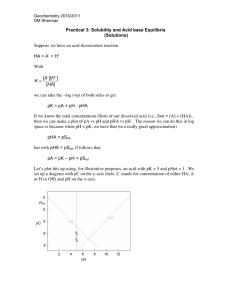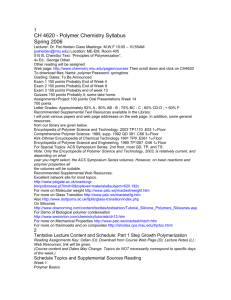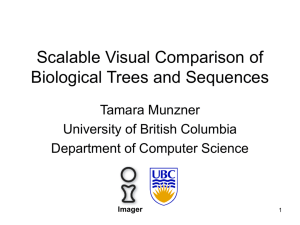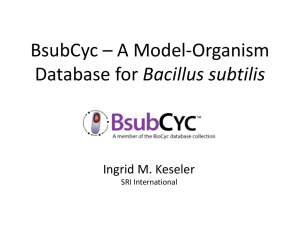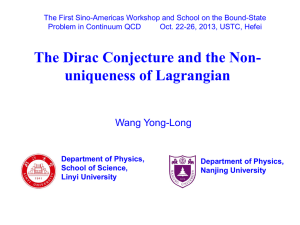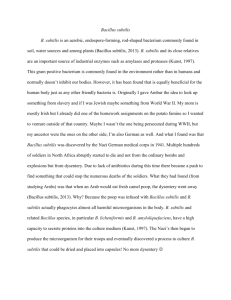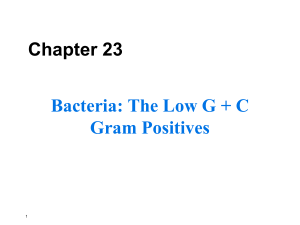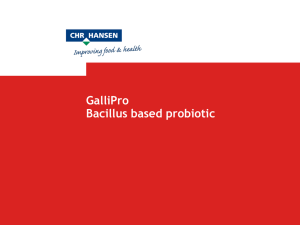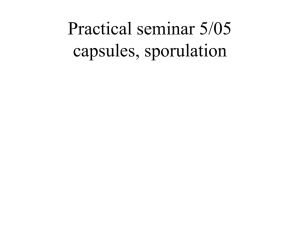Structure Determination of the Plantazolicins
advertisement
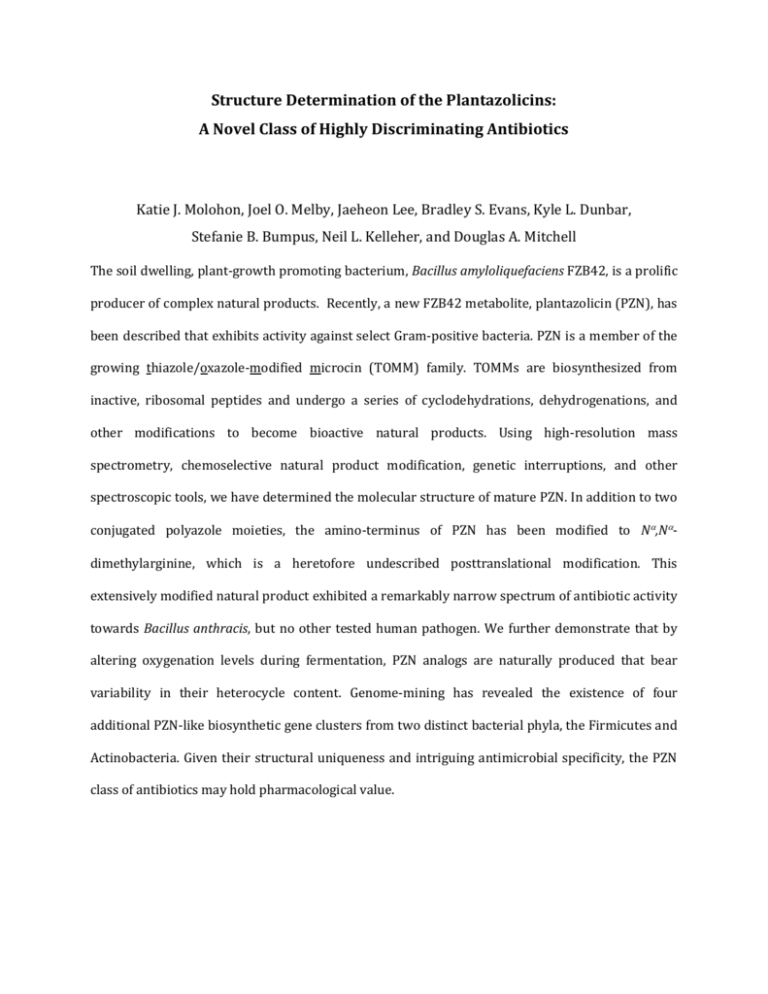
Structure Determination of the Plantazolicins: A Novel Class of Highly Discriminating Antibiotics Katie J. Molohon, Joel O. Melby, Jaeheon Lee, Bradley S. Evans, Kyle L. Dunbar, Stefanie B. Bumpus, Neil L. Kelleher, and Douglas A. Mitchell The soil dwelling, plant-growth promoting bacterium, Bacillus amyloliquefaciens FZB42, is a prolific producer of complex natural products. Recently, a new FZB42 metabolite, plantazolicin (PZN), has been described that exhibits activity against select Gram-positive bacteria. PZN is a member of the growing thiazole/oxazole-modified microcin (TOMM) family. TOMMs are biosynthesized from inactive, ribosomal peptides and undergo a series of cyclodehydrations, dehydrogenations, and other modifications to become bioactive natural products. Using high-resolution mass spectrometry, chemoselective natural product modification, genetic interruptions, and other spectroscopic tools, we have determined the molecular structure of mature PZN. In addition to two conjugated polyazole moieties, the amino-terminus of PZN has been modified to N,Ndimethylarginine, which is a heretofore undescribed posttranslational modification. This extensively modified natural product exhibited a remarkably narrow spectrum of antibiotic activity towards Bacillus anthracis, but no other tested human pathogen. We further demonstrate that by altering oxygenation levels during fermentation, PZN analogs are naturally produced that bear variability in their heterocycle content. Genome-mining has revealed the existence of four additional PZN-like biosynthetic gene clusters from two distinct bacterial phyla, the Firmicutes and Actinobacteria. Given their structural uniqueness and intriguing antimicrobial specificity, the PZN class of antibiotics may hold pharmacological value.
